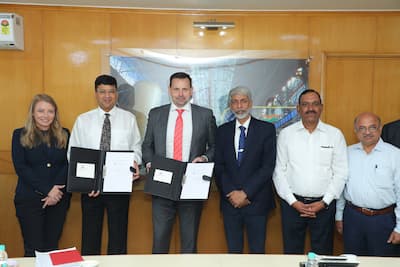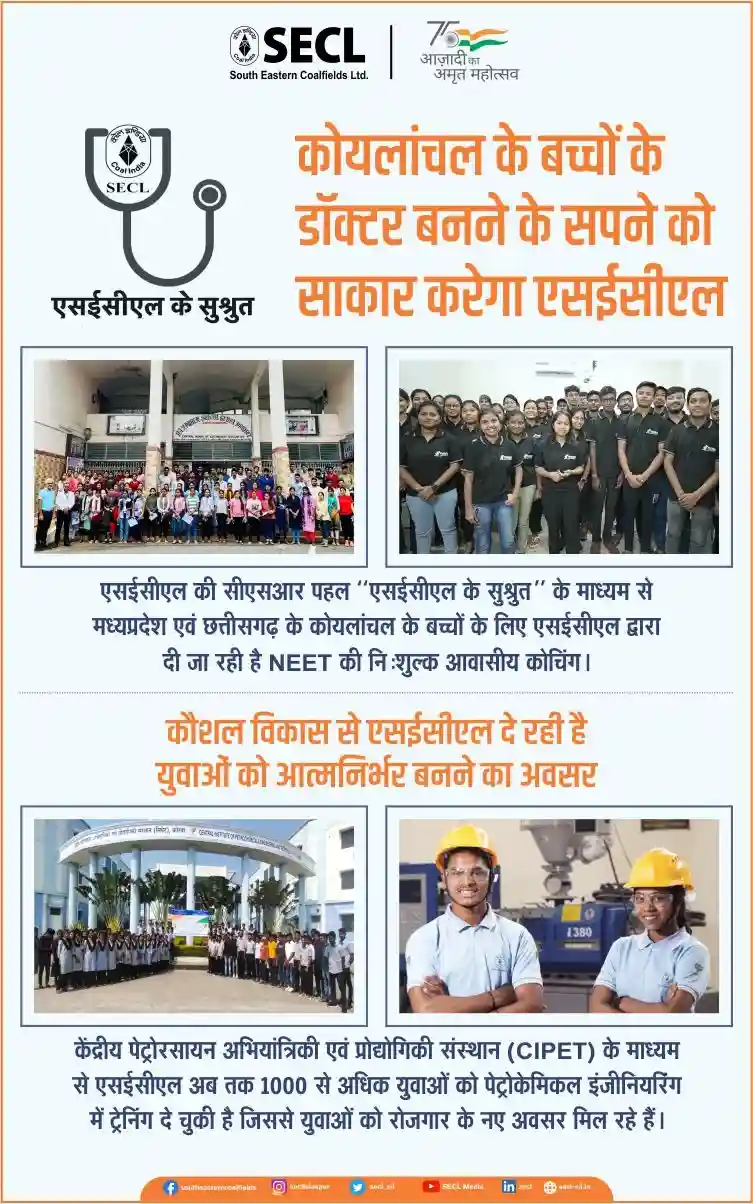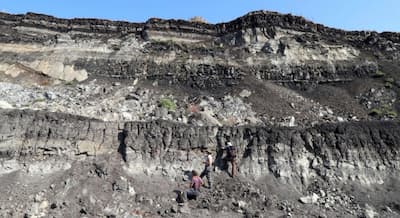New Delhi, 07 Oct.: The Steel Authority of India Limited (SAIL), the largest government owned steel producer in India, and leading global resources company, BHP, are collaborating to support steelmaking decarbonisation, following the signing of a Memorandum of Understanding (MoU) between the parties.
This collaboration is an important step for SAIL and BHP in promoting lower carbon steelmaking technology pathways for the blast furnace route in India.
Under this MoU, the parties are already exploring a number of workstreams supporting the potential decarbonisation at SAIL’s integrated steel plants which operate Blast Furnaces (BF) with an initial study to assess various strategies to reduce greenhouse gas emissions (GHG).
These workstreams will consider the role of alternate reductants for the BF such as hydrogen and biochar use, with a view to also building local research and development capability to support the decarbonisation transition. The deployment of technology and abatements on the blast furnace is critical to progress in decarbonising India’s and the global steel industry, in the mid and long term and partnerships are vital in the approach.
Chairman, SAIL Shri Amarendu Prakash commented, “SAIL is looking forward to this collaboration with BHP in taking a step forward towards engaging in developing sustainable ways to produce steel. The emergent need to align the steel sector with climate commitments is non-negotiable. SAIL is committed to contributing towards tackling the issue of climate change through fostering an innovative future for the steel industry in India.”
BHP’s Chief Commercial Officer, Rag Udd said, “BHP has a long-established relationship with SAIL, and we are pleased to be extending and strengthening this relationship to explore decarbonisation opportunities for the blast furnace route. We recognise that decarbonising this industry is a challenge that we cannot meet alone, and we must come together to leverage shared expertise and resources, to support the development of technologies and capability that could have the potential to create a real change in carbon emissions both now and in the longer term.”
















